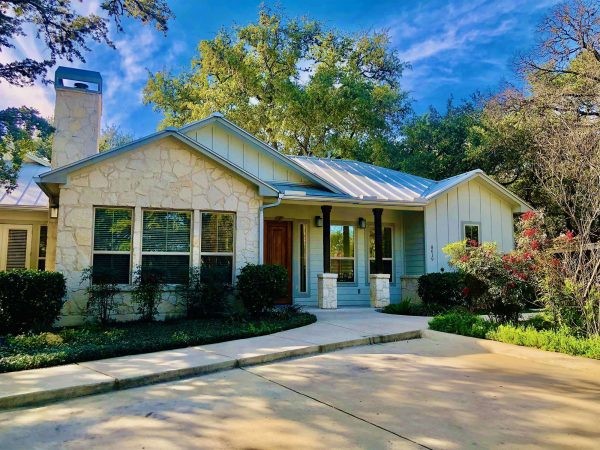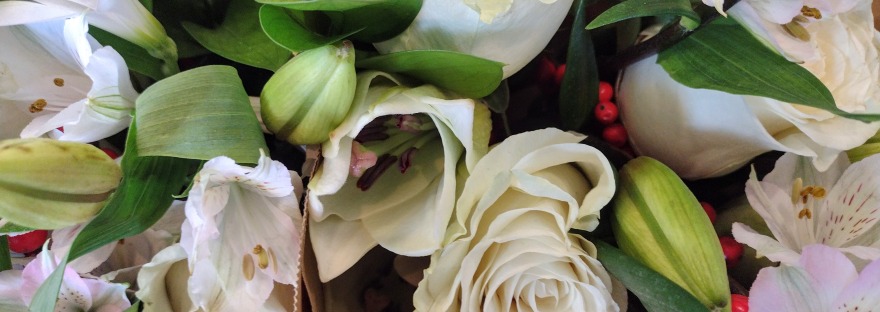What is social hospice?
In the U.S. a social model of hospice (SMHh as written in academic and medical journals) is described as a dedicated home with 24/7 non-medical personalized care for end-of-life when dying at home becomes unmanageable. It is a non-profit service, often at no cost, in collaboration with support from a medical hospice service (usually the Medicare hospice benefit). It is sustained by community philanthropy, usually with a large base of volunteers devoted to comfort care and the gentlest passage possible.
In other words, end-of-life support by the people for the people.
Social Hospice Model
Social models for the dying have been recorded since 3000 B.C. (ancient Egypt). Every continent has had and still has some form of community care for the dying.
In modern times, the term social hospice was part of an obscure movement following the “good death” or “death with dignity” efforts of the 1950’s and 60’s. The goal was to return the dying process and choices to the individual.
The first U.S. hospices of the 1970’s were non-profits. Their mission was to create a caring, supportive environment in a residence specifically devoted to end-of-life care. In the 1980’s, social hospice for HIV/AIDS came into existence. The model includes grief and bereavement support for families.
The current U.S. landscape is dominated more and more by for-profit hospices and conglomerates, often funded by Wall Street players and private equity focused on high profit margins.
There are not as many community-based offerings as there once were.
****This situation may reverse and evolve based on growth in preparation for dying education, the end-of-life doula movement, and more awareness about the benefits community models provide. Why? Because they provide an unmet need.
Where may you find a social model hospice in the U.S. and who is social hospice for?
The home I know best, as I have participated in their on-line educational gatherings, is Abode Contemplative Care for the Dying in San Antonio, Texas.
Abode Home is affiliated with the Omega Home Network (based in Tulsa, Oklahoma), the largest U.S. social hospice network promoting the development and expansion of community homes for the dying. There are currently 74 homes found in 27 states, others are in development. https://www.omegahomenetwork.org/
Omega Homes generally receive solo agers who do not have support for dying at home, the dying whose family no longer has personal or financial resources for 24/7 care, and the homeless.
Here is a bird’s eye view of Abode Contemplative Care Home in San Antonio. There are others just as precious. Photo below courtesy of Abode Home.

Even though I live in both California and Mexico focusing on services for senior care and end-of-life, I continue to follow how others create and sustain community care.
I wish such sustainable community care would be available in every country and to every individual.
As a solo boomer (no spouse, no children, no fallback) I have been contemplating my demise for more than 25 years – yes, I believe in planning ahead when possible.
If I lived in Texas I might choose Abode’s sacred, supportive care based on the energy of light of the Executive Director, the Board of Directors, the staff, the End of Life Navigators, and the volunteers.
With great pleasure, I have participated in Abode Home’s on-line discussions hosted by Executive Director Mary Thorsby who welcomes all open-heartedly. She and her team send out meaningful, inviting newsletters, quarterly reports, and raise funds to sustain their generous service.
When I first learned of Abode Home I was attracted by the pastoral-looking watercolor rendering, photos of the garden, the words contemplative care, but most of all Abode’s transparency and community engagement.
The home is a sanctuary – a quiet dwelling surrounded by nature with an intimate atmosphere, light in each of the six rooms, and, an inclusive presence.
Abode Home collaborates with about 20 different medical model hospice providers who send physicians, nurses, and medications.
Comfort care is provided 24/7 at the residence by five full-time staff, four part-time navigators, and 70 volunteers (15 of whom are Board members) in eight hour shifts. “It’s a grass roots team effort different from the medical model, and, it’s a mission,” shares Executive Directory Mary.
Abode Home is celebrating its 10th year serving the public.
Here are some of Abode Home’s supportive activities for their end-of-life guests and the community-at-large:
Bedside yoga
Book Club – book study with End-of-Life titles
Caregiver guidance for supporting oneself through caregiving
Contemplative Drumming
Education via on-line Zoom meetings and gatherings at the home
Death Café second Saturdays of the month
Dementia series with speakers from the community
Dia de los Muertos celebrations each fall
EOL (end-of-life) Doula trainings and EOL Doula Certifications – teaching others how to be with dying and dispatching them to the community-at-large
Fundraisers – a yearly Spring Art Show & sale; a fall online BIG GIVE
Luminarias lit in paper bags on stone walls around the property every December
Meditation via Zoom
Pull Up A Chair Dinners – highlighting alternative therapies for End-of-Life comfort
Reading of Names on All Souls Day, November 2
Sound healings
Staff and volunteer training
Threshold choir
Yes, donations are welcomed and appreciated.
See www.abodehome.org/donate, write info@abodehome.org, or see their Facebook page at https://www.facebook.com/ABODEcontemplativecare
Note: According to the National Vital Statistics System, about 35% of Americans die in hospitals, down from 48% in the year 2000. Almost 30% die in nursing or hospice homes. (This statistic does not include dying from a sudden accident, cardiac arrest, or stroke).
Social model throughout the world:
The social model has existed for millennia in various forms following cultural preferences and traditions.
“Egyptians, Orientals, Greeks, and Romans all used churches or temples as refuge for the sick or for pilgrims. Care of the sick was the responsibility of those believed to have special talents as healers, those who felt it was a religious duty, or diploma physicians who learned their craft based on scientific knowledge at the time,” writes Cathy Siebold in The Hospice Movement: Easing Death’s Pains (Twayne Publishers, New York, 1992).
Buddhist Emperor Asoka of India, (273-233 B.C.) known for a humanitarian approach to governance, created 18 shelters for aging, disabled, ill, and poor pilgrims who came to die and be cremated on the Ganges River. As we know, such homes exist now though they are mainly used by Hindus.
According to Wikipedia, historians believe the first “hospices” originated in Malta around 1065 during the Crusades. They were run by nurse nuns.
Summary:
The social hospice mission is to enhance quality of life to the end of life with compassionate care in a sacred manner regardless of ability to pay.
Local, direct, loving acts of care during life and at end-of-life are the foundation for a flourishing community.
© Wendy Jane Carrel 2024
Wendy Jane Carrel, MA, is a Spanish-speaking senior care advocate from California. She has travelled Mexico for several years researching health systems, senior care, and end-of-life care to connect Americans, Canadians, and Europeans with healing options for loved ones. She is a compassionate companion and palliative care liaison, legacy writer, co-founder of Café Mortality Ajijic/now Death Café Ajijic and founding member/speaker of the Beautiful Dying Expo (USA). She is a trauma-informed, gentle End-of-Life Doula (National End-of-Life Doula Alliance proficient), and a speaker and published author on subjects related to senior well-being. Wendy’s web site is https://www.WellnessShepherd.com
Resources:
https://www.omegahomenetwork.org/homes/ with a map of locations in the U.S. Scroll down to see the list plus website links to each.
https://www.youtube.com/watch?v=U7tHPCjEs7c Marty Bazelak, MD, palliative care physician hosts guests from Clare House, Tulsa, OK, founders of the Omega Home Network of social hospices.
https://journals.lww.com/jhpn/abstract/2021/10000/social_model_hospice_home__a_concept_analysis.13.aspx Social Model Hospice Home
https://en.wikipedia.org/wiki/Hospice
https://www.propublica.org/article/hospice-healthcare-aseracare-medicare “Endgame: How the Visionary Hospice Movement Became a For-Profit Hustle” …… plagued by exploitation. By Eva Kaufman, November 28, 2022.
https://cepr.net/report/preying-on-the-dying-private-equity-gets-rich-in-hospice-care/
https://www.cdc.gov/mmwr/volumes/69/wr/mm6919a4.htm# government report on U.S. death statistics from 2018 (not including, obviously, COVID death)
https://www.ncbi.nlm.nih.gov/pmc/articles/PMC9255424
https://www.reuters.com/article/idUSKBN1YF2Q5
https://caringheartandhands.org/social-model-hospice-homes-can-change-end-of-life-care/ excerpt from book by Karen Wyatt, MD, hospice physician
https://eolupodcast.com/tag/social-model-hospice/ Karen Wyatt, MD, hospice physician host

